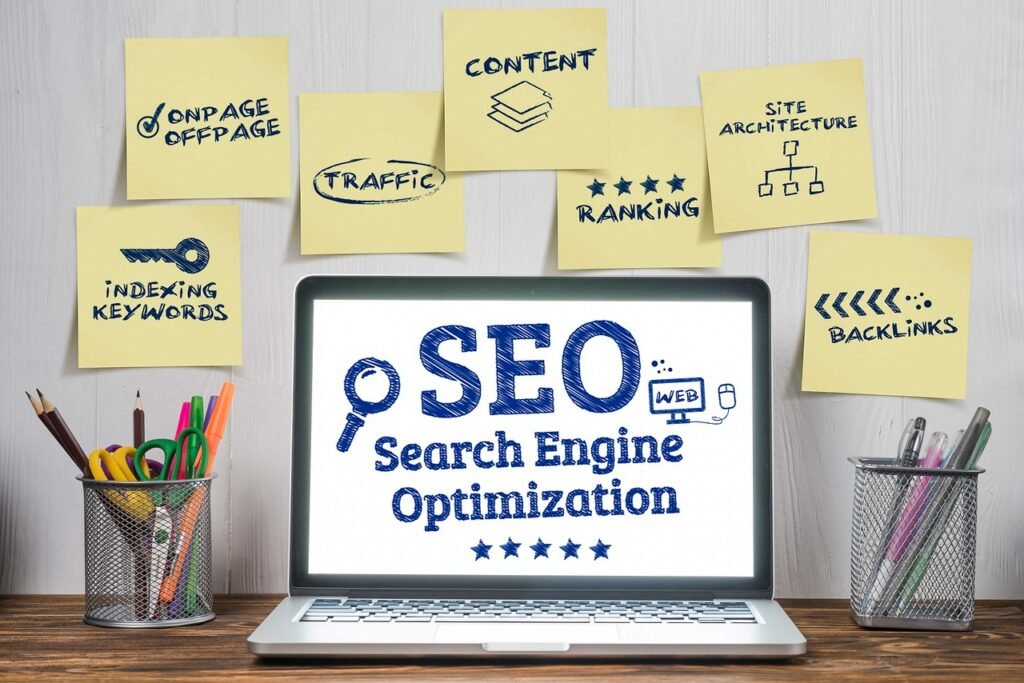Can you give us an example of a situation where you would recommend using a NOINDEX, FOLLOW robots META tag? Andy, NY
Have a question? Ask it in our Webmaster Help Forum: http://www.google.com/support/forum/p/Webmasters?hl=en
Want your question to be answered on a video like this? Follow us on Twitter and look for an announcement when we take new questions: http://twitter.com/googlewmc
More videos: http://www.youtube.com/GoogleWebmasterHelp
Webmaster Central Blog: http://googlewebmastercentral.blogspot.com/
Webmaster Central: http://www.google.com/webmasters
source

He is so positive guy! 🙂
Has a business meeting and room is silent.
My stomach: 0:19
thanks
Question: for multilingual domain .com and no content on .com itself only on .com/nl, .com/de, .com/fr and so on, redirected browser language and implemented rel="alternate" hreflang for all languages.
If I put an noindex, follow on top level .com will the underlying pages be followed as well as indexed?
Is this wise to do this in this case for a multilingual domain? Other option is to use a simple page as content for .com with simply the flags so visitors can choose their language.
Thanks a lot!
So am i right to say If I want to monetize my site and have a little directory then I can use it?
Wow…dude. You need to get back on your medication.
This question should probably be revisited. This was the pre-Panda answer in my opinion. There are a lot of reasons to use noindex, follow now and it should be commonly used. Archive pages, tag pages, or any page with light content in desperate need of updating should all be noindexed if you think you've been hit with a site-wide Panda penalty.
I"ll just add – i find very little reason to ever do a noindex, nofollow. Because there are always some links you want followed (like your main nav) – so therefore there is no PageRank stranded.
i <3 you – thanks
'disallow' is used in the robots.txt file to manage site-wide access, whereas 'noindex' should be used inside the meta tag on an individual page (like meta name="robots" content="noindex") to give special information (like 'not to index' in this case) to the robots scanning that particular page.
Hi..
What is the difference between the 'disallow' and 'noindex' parameters?
When i suppose to use the first one?
Thanks.
So should we make our TOS and Privacy pages noidex pages?
I use this tag on my confirmation pages. These are the pages that users are sent to when they complete an action that triggers a conversion. Usually they are thank you pages. I don't want Google or any other SERP to show these pages, because then the conversions would be messed up. However, I do want the links to continue to be followed.
I wonder if exists a noindex abuse. ..Let's say you want to use dup content (from another website of yours) and slap a no-index on those pages, becasue those pages could be of interest anyway..and Let's say the 50% of your pages in your web is no-indexed…Would this cause a penalty or something like that?
@Webnauts I guess you can't predict what a web crawler will do when it encounters a noindex page. Googlebot might follow its links by default while others might not. I think it's always best to express your intentions explicitly, through code. Leave nothing to chance.
I do not understand why should the "follow" directive be included. Doesn't Googlebot follow by default?
Another example is a "tag" page or other index view of content, either by date or search term. It would be detrimental to have the same content indexed at "-2011-01-whatever-" and "-2011-01-" and "-2011-". The index pages ("-2011-01-" and "-2011-") should still provide access to the content (possibly in an abbreviated form) for users, but should link back to the canonical URL of "-2011-01-whatever-" – resulting in the "real" URL being indexed without stuffing up the works with index pages.
You should of said like a page 2, 3, 4, 5, 6, or 7 on a blog.
Isn't "follow" default behavior? Is it necessary with "noindex"?